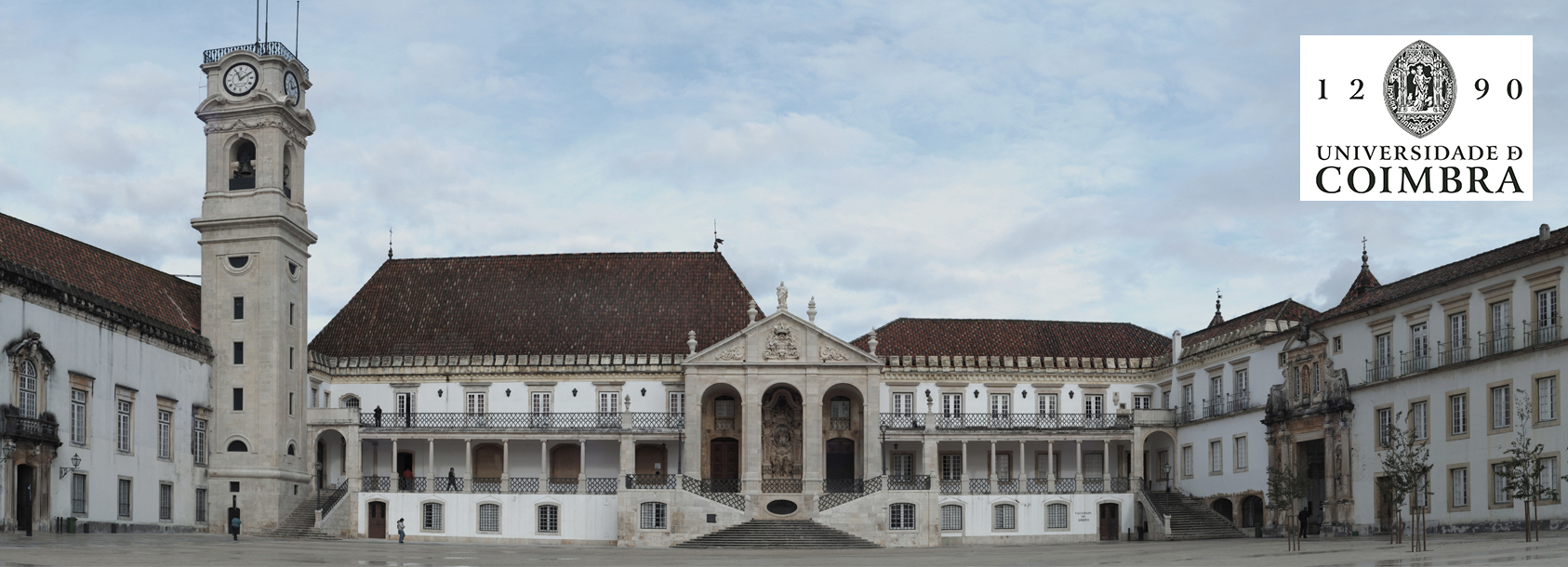
The Nautical Archaeology Digital Library Online Loans
Archaeology is public or it is nothing. The main purpose of any archaeological project is to acquire knowledge and share it with both the domain experts and the general public. Archaeologists destroy the sites they dig. Documenting and sharing are archaeologists’ main responsibilities.
This page started at Texas A&M University in 2006 as a digital library of artifacts gathered in the domain of Nautical Archaeology, supported by a NSF grant (IIS-0534314), with the specific goal of designing, implementing, and evaluating a framework to:
- efficiently catalog, store, and manage artifacts, and ship remains, along its associated data and information produced by an underwater archaeological excavation;
- integrate heterogeneous data sources from different media to facilitate research work and handle uncertainty in data and structure;
- incorporate historic sources to help in the study of current artifacts;
- develop visualization tools to help researchers manipulate, observe, study, and analyze artifacts and their relationships;
- develop algorithm and visualization based mechanisms for ship reconstruction, i.e., to determine where recovered pieces and fragments fit in a whole;
- develop visualization tools to share our scholarly work to a as wide as possible audience.
Today the Nautical Archaeology Digital Library is part of the Centre for Maritime Archaeology at the University of Coimbra (CAM-UC) and its mission is to work as a community – as opposed to an hierarchy – and become a space where archaeologists from around the world can share their experiences and exchange information with their colleagues, as well as with a wider public. The second objective of NADL is to increase the visibility of nautical archaeology and emphasize its social importance.
This project started as a collaborative effort of researchers from the Texas A&M University’s Center for the Study of Digital Libraries (CSDL) and the J. Richard Steffy Ship Reconstruction Laboratory (ShipLAB). It originally drew its materials from the extensive collection of artifacts gathered from the Pepper Wreck excavation in Portugal, as well as the extensive archives collected at the ShipLAB during field studies over the past two decades. We hope that NADL expands around the world by creating new nodes, always devoted to enhance the ethical principals of archaeology and fighting treasure hunting.
This project is based upon work supported by the National Science Foundation Nautical Archaeology Digital Library, under Grant No. IIS-0534314 (2006-2009), and a Texas A&M T3 Grant Dead Ships and Live Culture in Coastal Communities (2018-2020). It has also drawn from the work developed within a series of other grants, such as GROPLAN, Um Mergulho na História, ForSEAdiscovery, and iMARECULTURE.
Any opinions, findings, and conclusions or recommendations expressed in this material are those of the author(s) and do not necessarily reflect the views of the National Science Foundation or other institutions involved.
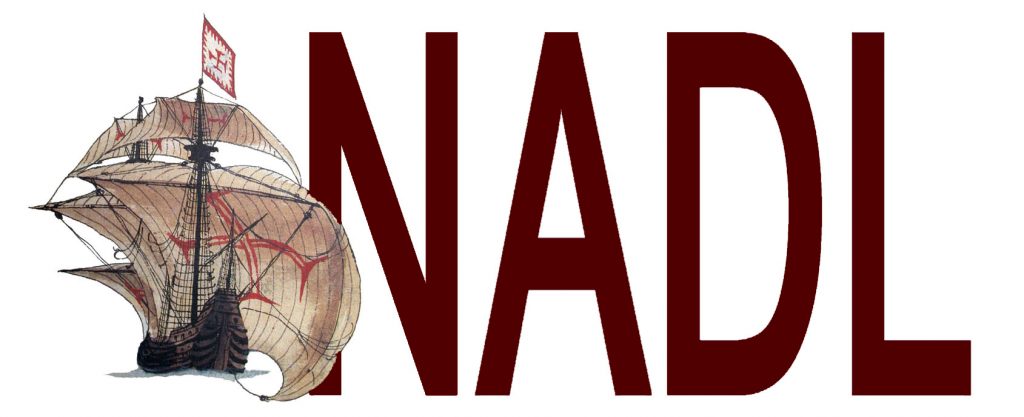
- Centro de Arqueologia Marítima da Universidade de Coimbra
- História, Territórios e Comunidades (HTC/CFA/UC)
- Center for the Study of Digital Libraries (CSDL/TAMU)
- Department of Visualization (VizLab/TAMU)
 |
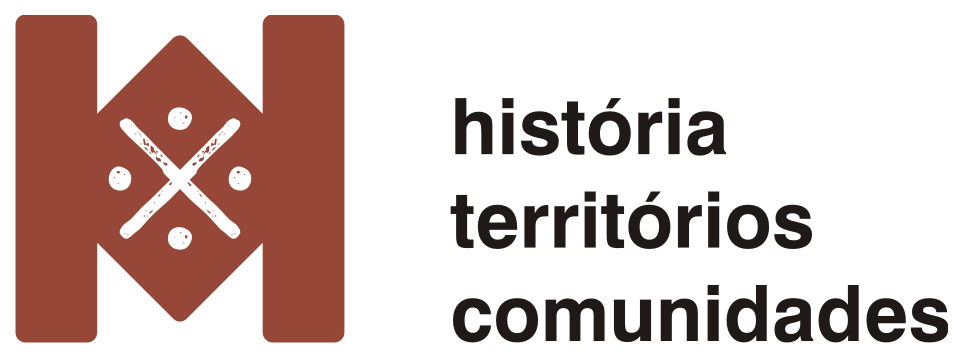 |
 |
 |
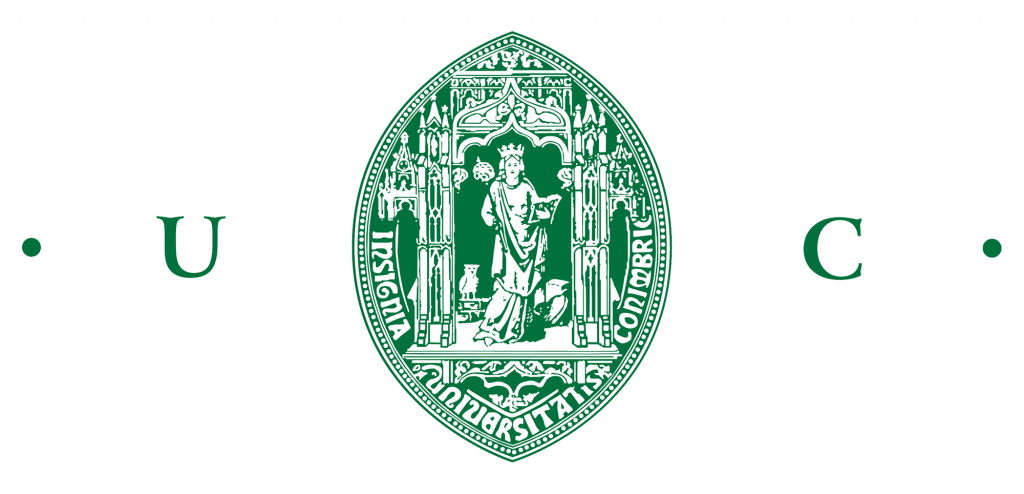 |
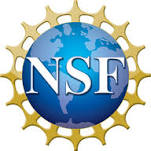 |
